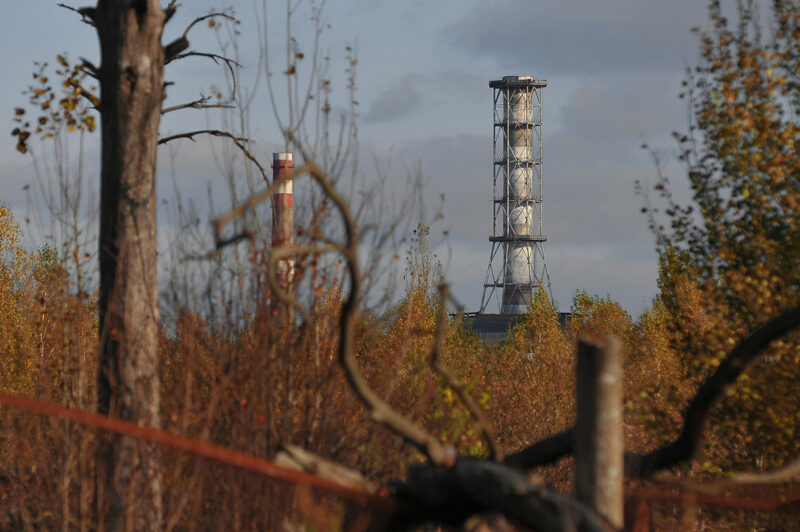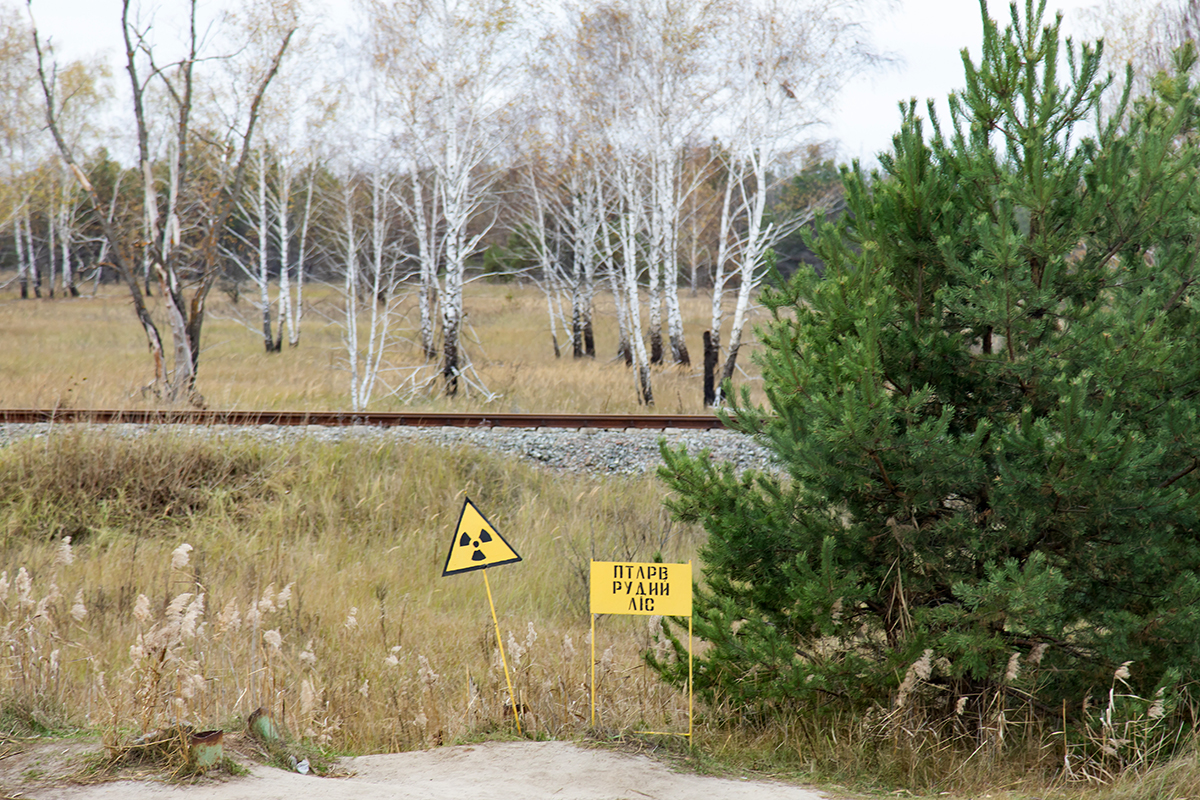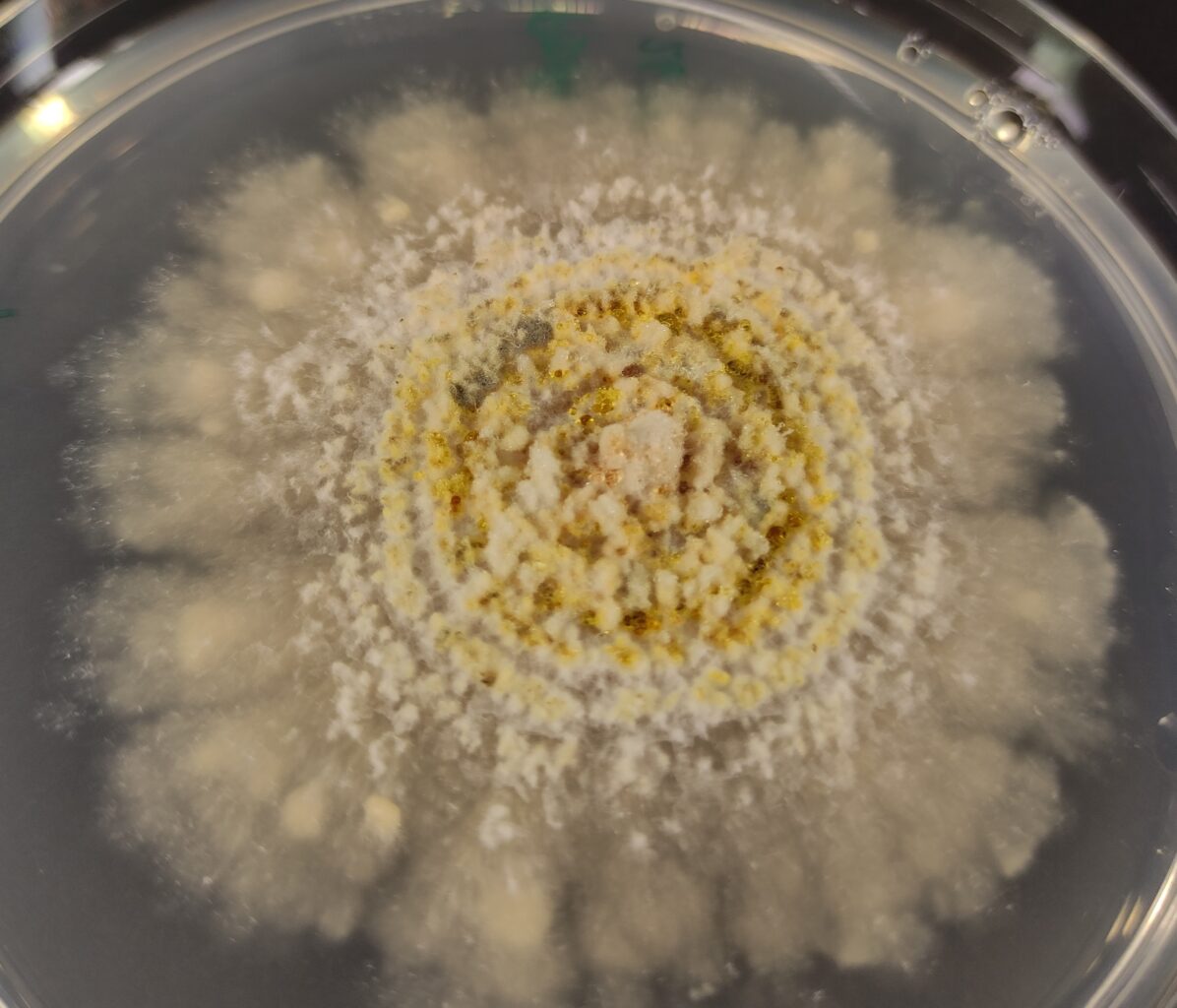Russia spoiled unique research site around Chernobyl nuclear power plant – ’Some damage is irreparable’

Humankind needs information on how vegetation survives exposure to irradiation, say researchers at Oulu University in Finland.
As Russia invaded Ukraine in February 2022, tanks rolled into the area surrounding the exploded Chornobyl (Romanized form of the name in Ukrainian) nuclear power plant and now known as the Red Forest. The soldiers dug up the soil and set up camp there, not knowing or not caring about radioactivity in the area.
They also messed up longitudinal studies begun in the power plant exclusion zone years or even decades ago, say researchers Janne Koskimäki and Anna-Maria Pirttilä from the University of Oulu in northern Finland. Since the disaster, background radiation in the area had dropped at a steady rate. The development had given many researchers a unique opportunity to study the survival of plants and animals under exceptional conditions.
One of the nuclear reactors at Chornobyl exploded in April 1986.
’It appears the Russian soldiers were unaware of the history of the area: they constructed dugouts and drove heavy vehicles across the terrain. Radioactive soil and dust were exposed and rose up, and radiation levels in the area went up again.’

It appears the Russian soldiers were unaware of the history of the area: they constructed dugouts and drove heavy vehicles across the terrain. Radioactive soil and dust were exposed and rose up, and radiation levels in the area went up again.
According to rumour, some soldiers suffered from radiation poisoning. The Chornobyl exclusion zone lies close to the border between Ukraine and Belarus.
Interventions in Red Forest prohibited
Before Russia’s invasion of Ukraine, entering the Red Forest was severely restricted, and digging or otherwise disturbing the soil was prohibited.
’In particular, the radical change in radiation levels affects the longitudinal studies, for which samples have so far been collected over several years, with a view to achieving reliable comparisons. As regards these studies, the damage is irreparable,’ the researchers say.
In particular, the radical change in radiation levels affects the longitudinal studies, for which samples have so far been collected over several years, with a view to achieving reliable comparisons. As regards these studies, the damage is irreparable.
The level of background radiation will drop again over time, but it can no longer be compared against the point in time when the Chornobyl reactor exploded.
Despite these setbacks, the University of Oulu recently reported research results based on samples collected by a Finnish-Ukrainian research team before the war. The results show that birches survived the irradiation better than pines – the latter died, but remained standing and turned red.
’The birches from which samples were taken appeared healthy. To the naked eye at least, the birches in the area are doing okay. In contrast, pines have not withstood the irradiation equally well. Many more of them had died or showed growth anomalies,’ the researchers report.
The anomalies observed in pines include, among others, abnormal growth and missing or extra-long needles.
An earlier study found that as pines died, the sites were taken over by birch. However, birches are not immune to irradiation either. It causes stress to the trees, impeding their growth and making them vulnerable to pests.
Great variety of organisms in Red Forest
For almost forty years, the Red Forest has been unaffected by humans – with the exception of Russian soldiers. There is a rich variety of organism in the area, which thus provides a unique opportunity of researching the effect of increased background radiation on nature.
According to Pirttilä and Koskimäki, the fauna and soil in the area has been widely researched, but this is not the case with vegetation.
’As far as we know, our study is the first one to deal with microbes living in and on plants,’ they say.

The researchers hypothesised that because of the irradiation, the symbiosis between birch and certain microbes could more easily turn parasitic, or harmful to the tree.
However, preliminary results seem to indicate that under stressful irradiation, birches use a coarser screen to select suitable symbionts; in other words, they look for ’new friends’.
Microbes indispensable for life
Microbes are indispensable for life, and some of them can survive even under extremely strong irradiation.
’It is important to know which microbes do survive and how. This information is of significance for the food chain and thus, ultimately, for the survival of humans,’ say Koskimäki and Pirttilä.
Inside the cells of plants there exist quite a number of microbes selected by the host plant. The communities of beneficial microbes become even more important for their host when growth conditions are unfavourable.
It is important to know which microbes do survive and how. This information is of significance for the food chain and thus, ultimately, for the survival of humans.
The Fukushima nuclear disaster in Japan (2011) highlighted the importance of being prepared for nuclear disasters and understanding their consequences.
The two researchers point out that without research. we would not understand how the environment adapts to irradiation or recovers from higher radiation levels. With more information and understanding, it is possible to help nature on and near a disaster site to recover better and more quickly.
On the basis of news they have observed, Koskimäki and Pirttilä consider that the area near Chornobyl is calm at the moment and radiation levels have gone back to normal, at least to some extent, but that continuing research in the area cannot be taken for granted.
’The Russians have planted mines in the forest, and that seems to be the main threat to any activity in the area.’
Read more: Common wild berry helps combat global threat on WHO warning list
Read more: Finnish researcher overcomes difficulties of processing lignin